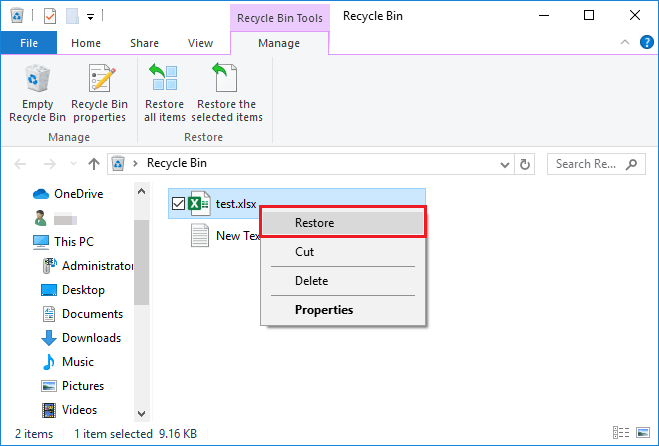How to Recover Deleted Excel Sheets Easily

Deleting important Excel sheets by accident can be a frustrating experience, whether you're a student, a professional, or someone who frequently uses spreadsheets. Fortunately, recovering deleted Excel sheets is not only possible but also often quite straightforward with the right approach. In this detailed guide, we'll walk you through the steps and methods to recover your lost data efficiently.
Understanding File Recovery in Excel

Before diving into the methods of recovery, it’s crucial to understand how Excel handles file operations:
- Save Often: Excel automatically saves files if the AutoRecover feature is enabled, which can help recover files in case of a crash or unexpected closure.
- Backup: Regular backups can prevent permanent data loss.
- Recycle Bin: Deleted files often go to the Recycle Bin or Trash folder on your computer, providing an initial point of recovery.
Methods to Recover Deleted Excel Sheets

From the Recycle Bin or Trash

This is the first place to look for your deleted file:
- Open the Recycle Bin or Trash on your computer.
- Search for your Excel file by name or by scrolling through the list.
- If you find the file, right-click and choose Restore to recover it to its original location.
🚮 Note: Files are not instantly deleted from the Recycle Bin; they stay there until the bin is emptied.
Using AutoRecover Files

If your Excel application crashes, you might still recover your work through AutoRecover:
- Open Excel, go to File > Info > Manage Workbook > Recover Unsaved Workbooks.
- Look for your lost file in the dialog box that appears. Unsaved workbooks are stored temporarily by Excel.
- Double-click to open the file and save it immediately to prevent future loss.
Using Temporary Files

If you’ve saved your work before, Excel might have created a temporary backup:
- Check the directory:
%temp%or%userprofile%\AppData\Roaming\Microsoft\Excel - Look for files with extensions like *.tmp or *.bak, which could be temporary or backup files from Excel.
- If you find a relevant file, rename it to have the .xlsx extension and open with Excel.
💡 Note: Be cautious when renaming files as incorrect extensions might corrupt the data.
Professional Recovery Software

When the above methods fail, or if you’re dealing with severe data loss, professional recovery tools can be your savior:
- Programs like Recuva, EaseUS Data Recovery Wizard, or Stellar Phoenix Excel Recovery are designed to recover deleted or lost files from various storage devices.
- Follow the software’s instructions, scanning your drive where the Excel file was stored.
- After a scan, you can preview recoverable files and restore them to a new location.
Cloud Storage Recovery

If your Excel sheets were saved to cloud services like OneDrive, Google Drive, or Dropbox:
- Sign into your cloud storage account.
- Navigate to the Recycle Bin or Trash within the service.
- Locate the deleted files, and restore them to recover.
🌐 Note: Cloud services often keep deleted files for a limited time before permanent deletion.
Preventive Measures

While recovery methods are helpful, here are some preventive strategies to minimize future risks:
- Use AutoRecover: Ensure this feature is turned on in Excel’s Options.
- Regular Backups: Consider using automated backup tools or manually save versions of your work.
- Cloud Storage: Employ cloud solutions for an extra layer of protection.
- Version Control: Enable version history in Excel for cloud services to track changes.
To wrap up, the methods for recovering deleted Excel sheets range from simple to more complex, catering to different scenarios of data loss. By understanding how Excel handles file management and by using preventive measures, you can safeguard your work. Remember, the key to successful recovery often lies in acting promptly. Now, with these steps and tips, you're well-equipped to tackle any accidental deletions of your Excel data.
What should I do if the Recycle Bin is already empty?

+
If the Recycle Bin or Trash is empty, check for AutoRecover files or consider using data recovery software to scan for deleted Excel files on your storage device.
Can I recover sheets from a closed workbook?

+
Yes, if the workbook was saved at least once, you might find temporary or backup files in locations like %temp% or %userprofile%\AppData\Roaming\Microsoft\Excel.
How can I prevent data loss in the future?

+
To prevent data loss, enable AutoRecover in Excel, back up files regularly, and consider using cloud storage services for automatic synchronization and version control.



